In today’s dynamic digital marketing landscape, revitalizing content is essential for sustaining audience engagement and optimizing performance. Content managers and marketers frequently encounter challenges related to determining when material becomes outdated and refreshing it effectively. This guide outlines the process of revitalizing content through AI technologies, emphasizing how to recognize outdated material, techniques for maintaining current information, and strategies for preserving SEO value during updates.
Understanding the content lifecycle is vital for content managers. Content typically advances through several stages: creation, growth, maturity, and decline. Even the most popular posts may eventually lose relevance due to shifts in market trends or changes in consumer preferences. Identifying the signs of outdated content is crucial for maintaining an effective content strategy. Indicators may include declining engagement metrics, decreasing organic traffic, or alterations in audience interests. Utilizing content auditing tools can help assess existing materials and determine which ones require revitalization.
AI technologies can significantly ease the monitoring of content performance. By employing data analytics and machine learning, brands can continuously evaluate the relevance of their content and analyze prevailing market trends. The increasing importance of customization is reflected in research, which indicates that 55% of consumers are willing to spend more for personalized experiences. With retail AI spending projected to reach $30 billion by 2028, content managers must integrate these technologies to remain competitive.
In conclusion, applying effective content revitalization strategies not only ensures the relevance of existing materials but also fosters a more engaging user experience. This guide provides detailed steps and practical examples for content managers to effectively incorporate AI-driven tools into their content strategies.
When is Your Old Content Too Old to Keep?
Determining when content needs refreshing is the first crucial step in a successful revitalization strategy. Understanding the content lifecycle helps content managers identify outdated material. Several key indicators signal the need for updates.
Content can generally be classified as either evergreen or time-sensitive. Evergreen content—defined as material that remains relevant over time—should be regularly updated to reflect new information or trends. In contrast, time-sensitive content may require updates based on current events but usually has a shorter lifespan.
Recognizing signs of outdated content aids marketers in prioritizing updates. Engagement rates, average time on page (ATP), and organic traffic trends are valuable metrics. Content auditing tools can help identify articles with significant performance declines, pinpointing areas that require improvement, such as headlines, statistics, and links.
Research from various organizations shows that 55% of consumers appreciate content that feels personalized and relevant. Additionally, with projected retail AI spending reaching $30 billion by 2028, leveraging AI-powered tools for content audits is vital, allowing marketers to quickly assess outdated material and implement timely refreshes.
Chart illustrating the decline in content performance over time (Source: Markitors)
The AI Advantage: Keeping Your Content Fresh
Artificial intelligence (AI) introduces innovative capabilities that enable efficient content monitoring and revitalization. By automating content management processes, marketers can maintain the relevance of their content with minimal manual intervention.
AI tools for real-time content monitoring evaluate engagement metrics, keyword rankings, and audience behavior to provide actionable insights. This data-driven approach allows marketing teams to identify trends without prohibitive manual audits, streamlining workflows.
Automation can be leveraged to refresh content seamlessly. For instance, AI can identify outdated statistics and update them automatically, ensuring the content remains current. A relevant example is Coca-Cola’s “Create Real Magic” platform, which generated over 120,000 pieces of user-generated content in 2023, demonstrating how brands may utilize AI solutions for timely content updates.
Utilizing AI for trend analysis also equips marketers with insights into emerging topics likely to resonate with their audience. By doing so, teams can develop content that aligns with current interests and market trends, thereby enhancing overall relevance.
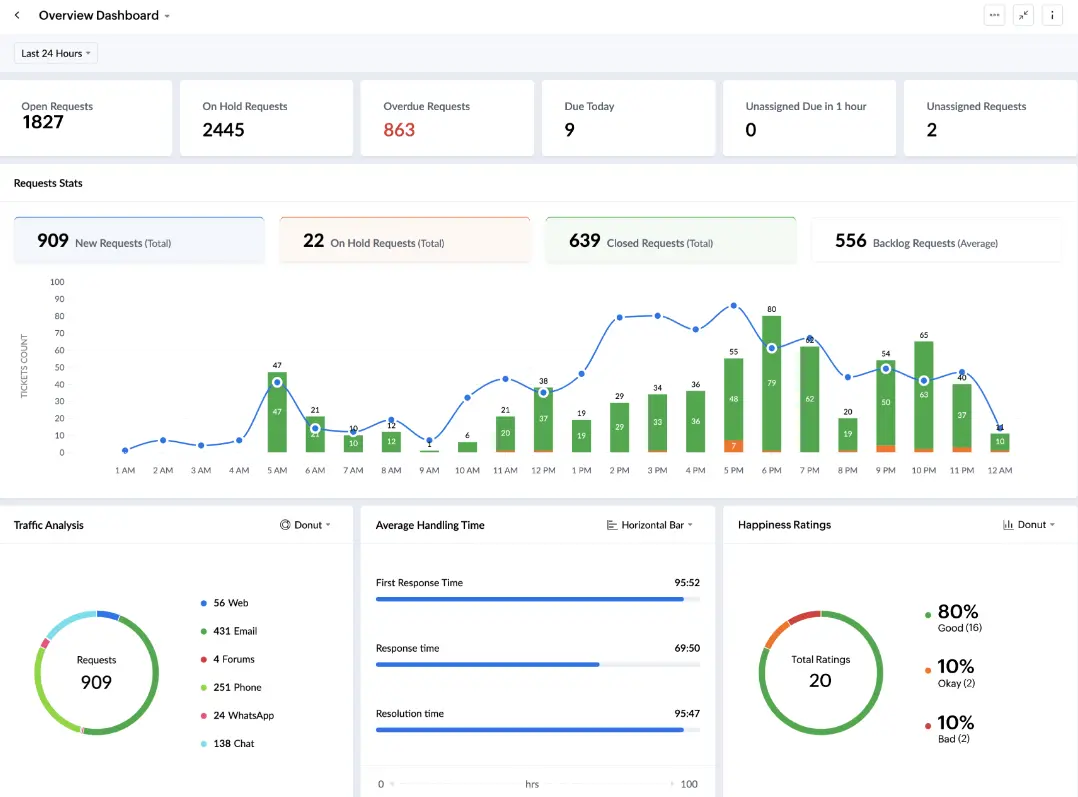
Image of a content management dashboard utilizing AI tools for analytics (Source: Ajelix)
Revitalizing Content Without Losing SEO Value
Updating content poses challenges regarding maintaining SEO performance. Marketers must implement strategies to preserve or enhance content-driven SEO metrics during the revitalization process.
One effective method is to closely monitor key SEO metrics, such as organic search traffic, keyword rankings, and click-through rates (CTRs). Understanding which metrics help drive search engine visibility enables content managers to update material without jeopardizing performance.
Best practices for content updating include identifying critical keywords that attract traffic. Ensuring these keywords are woven naturally into the refreshed content is vital to maintaining its quality. Additionally, preserving internal links and optimizing page loading times post-update helps safeguard SEO performance.
Research indicates that tracking increases in organic search visitors provides a reliable metric for evaluating the success of transitioned content. By employing tools to measure organic traffic before and after AI enhancements, marketers can quantify the benefits of their revitalization efforts.
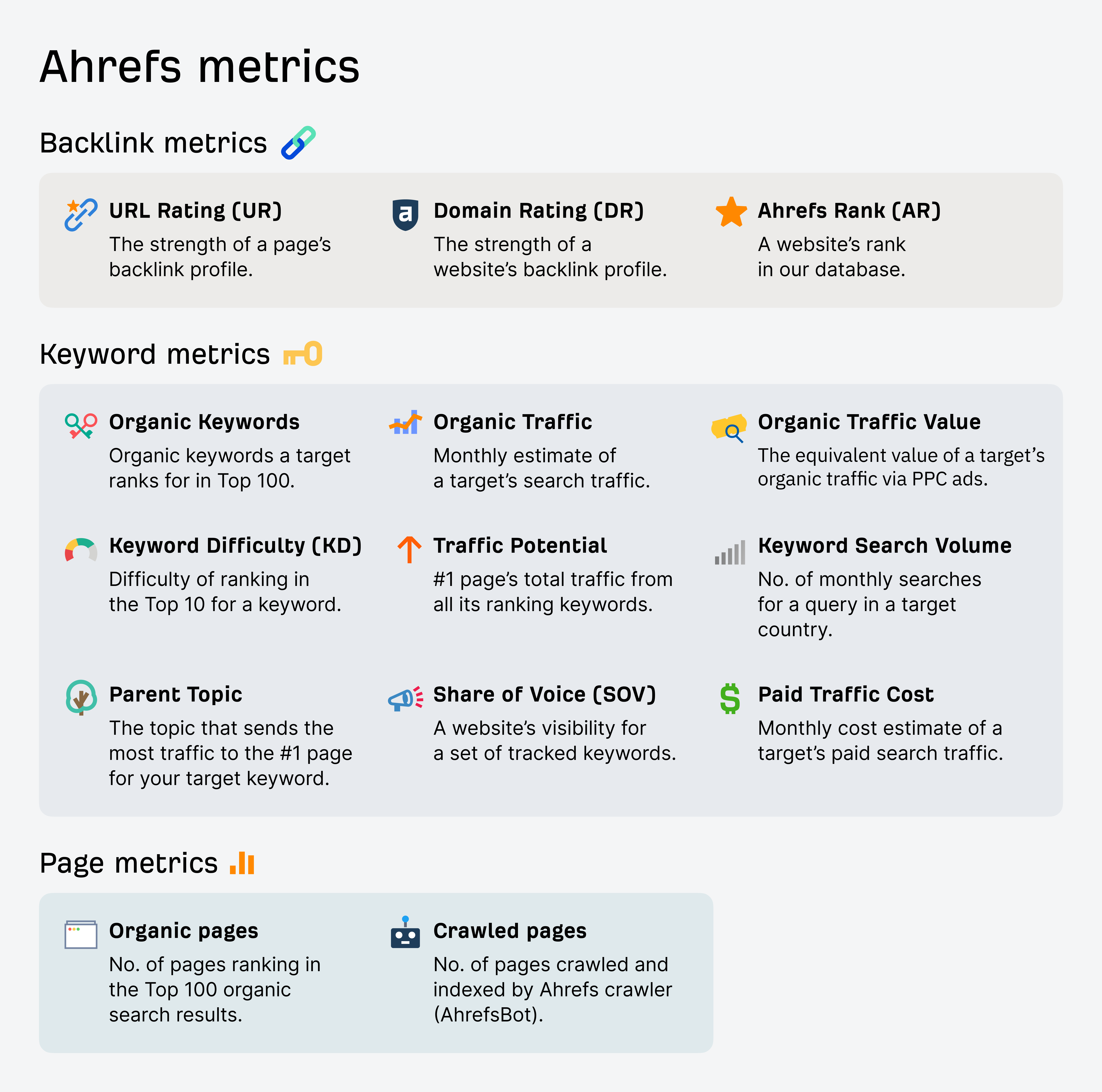
Infographic comparing SEO metrics before and after content updates (Source: Ahrefs)
Navigating Google Updates: Protecting Your Site Traffic
Frequent Google updates can significantly impact site traffic, necessitating content managers to remain informed and adjust strategies in response. Recognizing how these updates affect content visibility is vital for marketers striving to protect their audience reach.
Understanding the different types of Google updates—core updates, algorithm tweaks, and content quality assessments—can help marketers prepare their content strategies accordingly. To mitigate traffic drops, it is crucial to monitor content performance post-update, analyzing relevant metrics to assess any fluctuations.
Using analytics tools to track site traffic allows marketers to identify correlations between Google updates and changes in performance. For example, a Danish news outlet experienced a 59% increase in click-through rates using AI-generated headlines, underscoring the effectiveness of leveraging AI for enhanced content strategies.
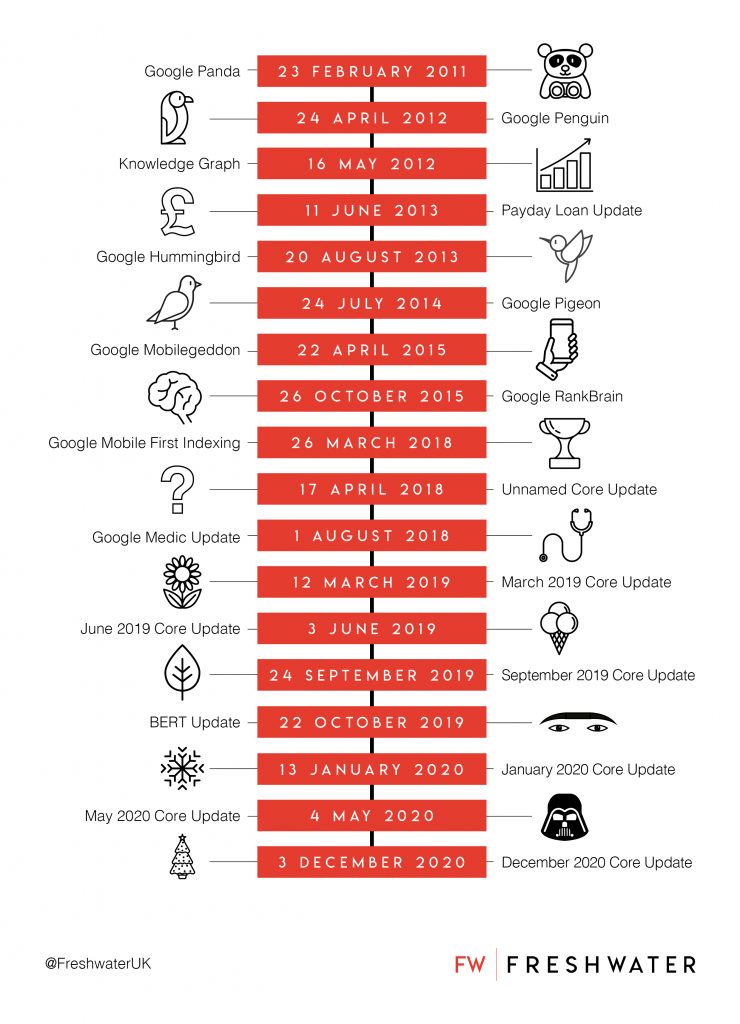
Graphic illustrating major Google algorithm updates and their impacts on traffic (Source: Freshwater)
Identifying Evergreen Content with AI Tools
Evergreen content remains consistently relevant, making it essential for marketers to recognize and promote such material. AI applications facilitate the identification of this content, helping maintain its visibility over time.
Defining characteristics of evergreen content is an integral step. Such content typically attracts lasting interest, is not dependent on current events, and provides actionable insights.
AI tools that analyze content performance can help identify articles meeting evergreen criteria based on historical data and engagement observations. Promoting this material can involve revamping headlines, refreshing statistics, and incorporating new graphics or multimedia to stimulate interest.
Research shows that e-commerce brands employing AI strategies have realized a 63% increase in conversions, highlighting the significance of well-crafted evergreen content. Content managers should capitalize on this potential by utilizing AI technologies to promote and expand upon relevant evergreen topics.

Graphic illustrating the differences between evergreen content and timely content (Source: Coschedule)
Maintaining Your Brand Voice and Authenticity with AI
Ensuring that AI-generated content aligns with brand voice is essential for authenticity. Content managers must implement best practices to preserve consistency while harnessing AI tools.
A comprehensive brand voice guide that outlines key elements—personality, tone, and style—should be developed. This document serves as a reference for human creatives and AI tools, ensuring the generated content accurately reflects the brand's identity.
Training AI on existing, high-quality branded content establishes a reliable foundation for generating relevant material. Continuous review of AI outputs and providing prompt feedback are critical for improving alignment with brand standards.
Human oversight plays a vital role in this process. Drafts produced by AI should be refined by writers, with editors reviewing the content to ensure coherence in voice and message. Current research suggests that 50% of companies are exploring AI-driven content strategies, emphasizing the need for an integrated approach to AI and human creativity.

Example of a brand voice chart for consistent content creation (Source: Saint Perry)
Case Studies: Success Stories of AI in Content Revitalization
Real-world applications of AI in content revitalization illustrate its transformative potential across various industries. Notable case studies, including those from The Washington Post and HubSpot, offer insights into effective implementations.
The Washington Post's AI tool, Heliograf, automates content creation, enabling the publication of more stories in less time. This approach allows human reporters to focus on higher-value content, leading to increased readership and enhanced audience engagement.
Similarly, HubSpot leveraged an AI-driven Blog Ideas Generator to enhance its content strategy, resulting in increased blog traffic and engagement. These instances demonstrate that effective AI integration into content revitalization can elevate efficiency and improve marketing outcomes.
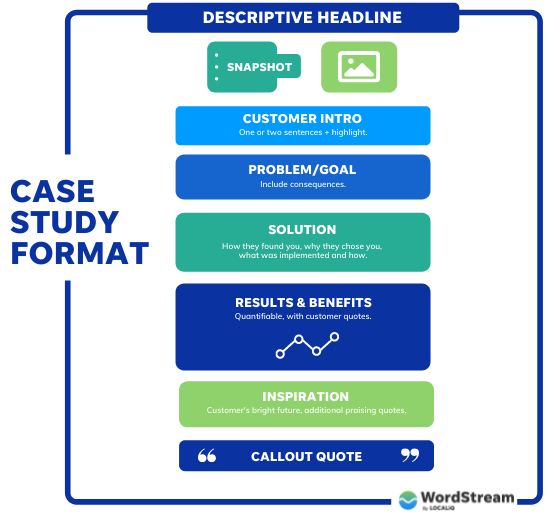
Template showcasing a successful AI tool implementation in content revitalization (Source: WordStream)
Ethical Considerations and Biases in AI Content Creation
As AI technologies become integral to content generation, ethical implications and biases must be assessed carefully. Addressing these concerns is paramount for ensuring equitable representation and authenticity in marketing materials.
Understanding biases in AI systems requires recognizing that algorithms are trained on existing data, which may inherit historical inequities. Conducting regular bias audits can help identify and mitigate these biases throughout the development and implementation process.
Promoting diversity in data collection and ensuring that inclusive development teams are involved fosters a more accurate representation across demographics. Ethical AI implementation requires clear communication surrounding the factors influencing machine-generated content, which maintains audience trust and transparency.
Current statistics reveal that only 26% of degrees in STEM are held by women, contributing to notable gaps in diversity. This underscores the urgency for marketers to confront biases proactively and work toward equitable practices in AI tools.
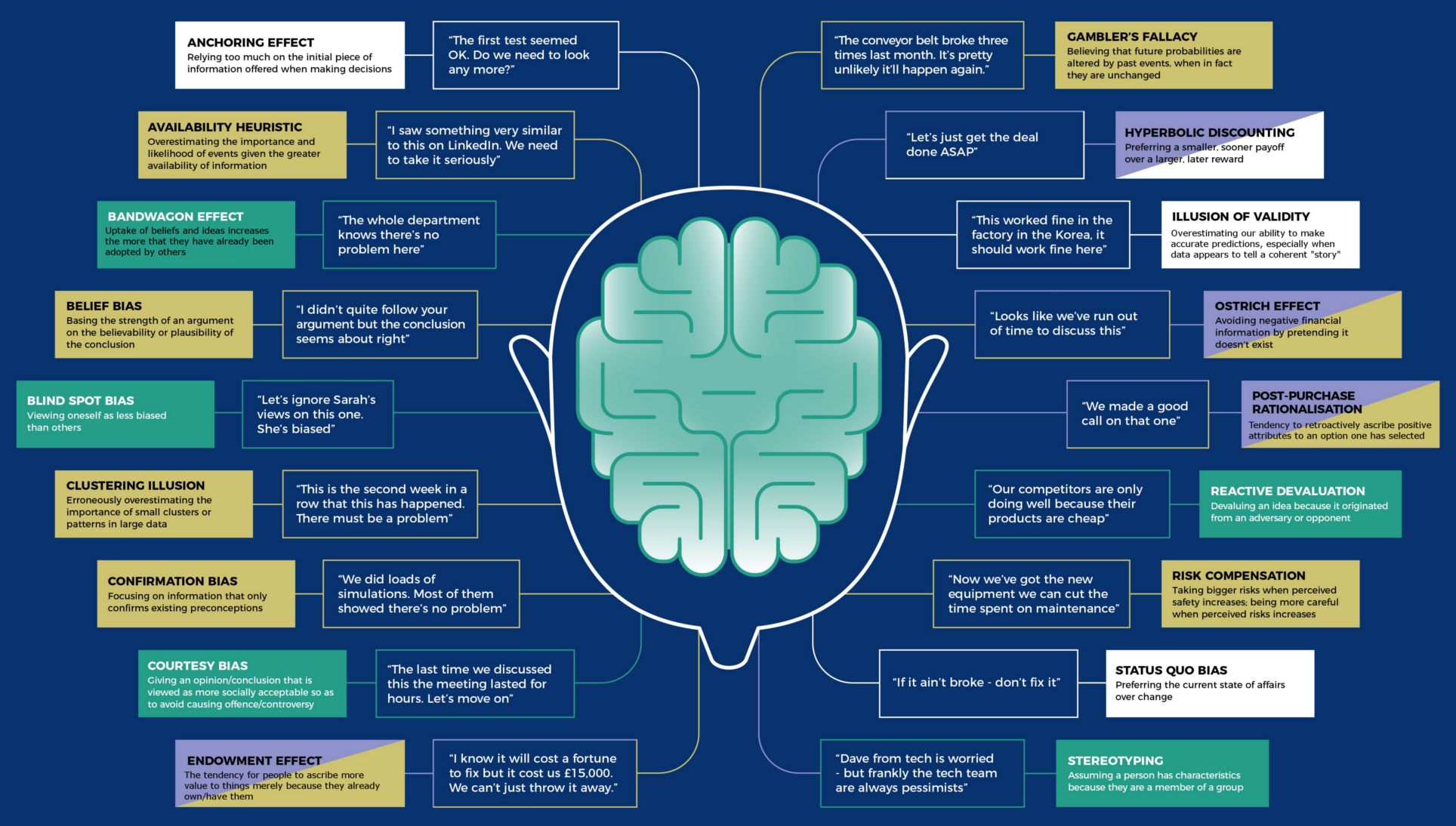
Illustration highlighting cognitive biases in technology (Source: Visual Capitalist)
Integrating AI Tools into Your Content Management System
Incorporating AI tools into existing content management systems (CMS) can yield streamlined workflows and increased efficiency. By leveraging APIs, businesses can connect AI solutions to existing software for automating various aspects of content handling.
API integration facilitates streamlined communication between different platforms. For example, Contentstack allows for the integration of AI tools such as IBM Watson. This connection enables automated content analysis and intelligent generation directly within existing workflows.
Customizable workflows in modern CMS platforms permit the integration of AI-driven content review stages. Marketing agencies can tailor their processes to accommodate AI-generated material while maintaining quality control and brand consistency.
Research indicates that, as of 2025, 42% of IT professionals actively deploy AI to enhance content management strategies. This trend illustrates the growing reliance on AI innovations and the importance of understanding how to integrate these tools effectively.
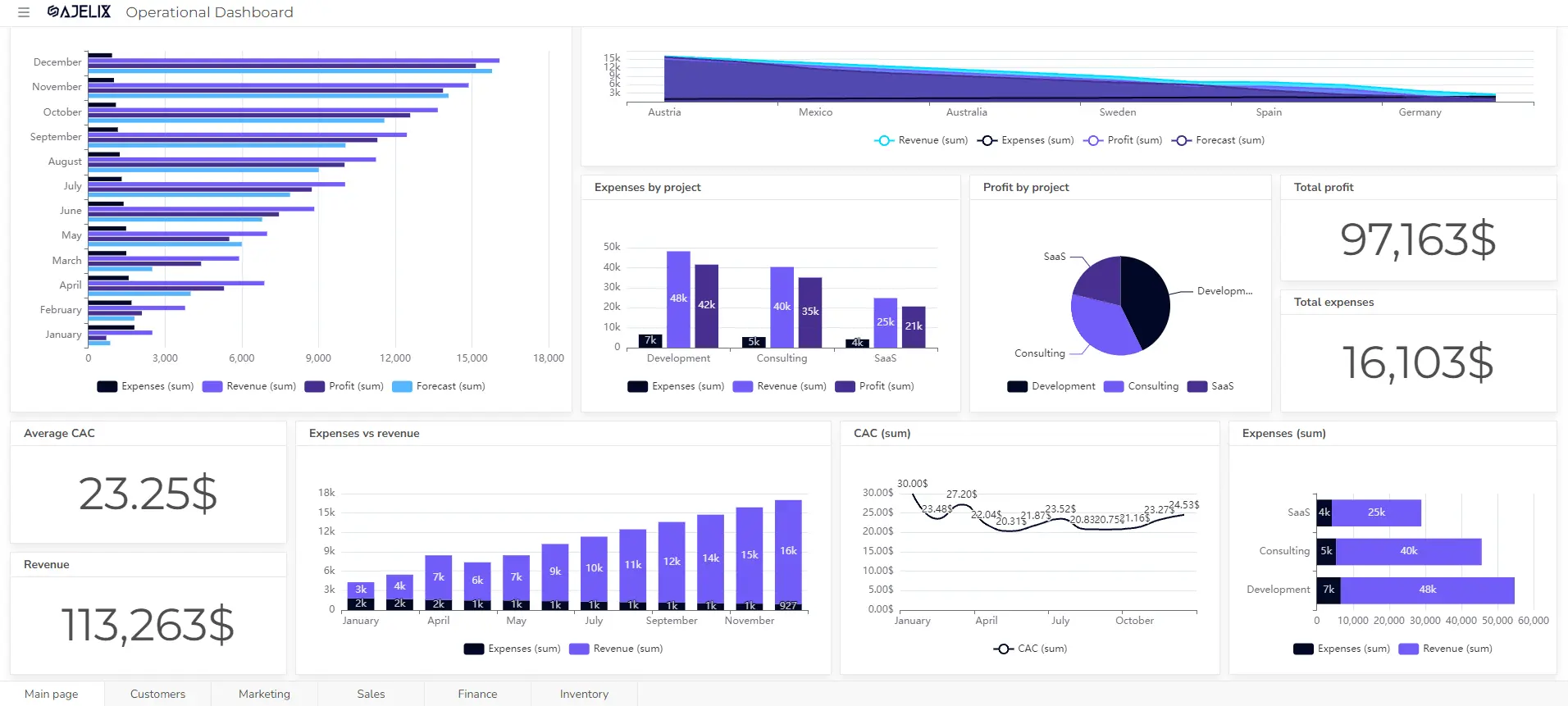
Dashboard interface showing AI integration in a CMS (Source: Ajelix)
Measuring the ROI of AI-Revitalized Content
To gauge the effectiveness of AI-revitalized content, content managers should focus on key performance indicators (KPIs) related to SEO and audience engagement. Using these metrics allows marketers to substantiate claims regarding the impact of AI applications on their strategies.
SEO metrics, including organic traffic and keyword rankings, are essential for assessing the performance of AI-enhanced content. Tracking data related to content visibility empowers marketers to make informed decisions regarding future updates.
Audience engagement analytics yield critical insights into user interactions with refreshed content. Tracking metrics such as time on page, bounce rates, and social shares clearly illustrates how AI-generated content resonates with its target audience.
By calculating content ROI through methodologies including revenue per content piece and quality of leads generated, marketers can effectively demonstrate the success of their AI strategies. The importance of these metrics is underscored by the fact that AI tools significantly expedite content production efficiency.
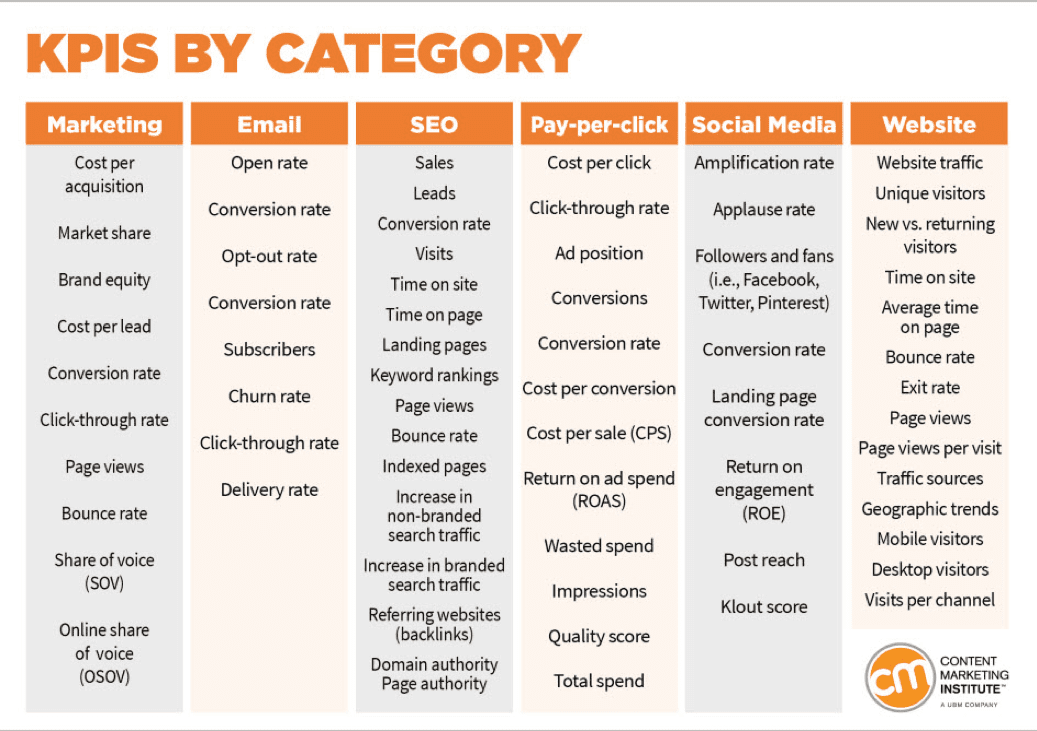
Chart comparing content marketing ROI metrics (Source: Smart Insights)
Conclusion
Integrating AI into content revitalization processes offers significant advantages for content managers and marketers. This integration enables organizations to efficiently maintain relevance, enhance engagement, and optimize SEO performance. Understanding the content lifecycle, leveraging AI tools for real-time monitoring, and addressing ethical considerations and biases are critical steps in developing an effective content strategy.
By thoroughly evaluating current materials, marketers can determine when content becomes outdated and how to refresh it without compromising quality or SEO effectiveness. Supported by real-world examples and best practices, the use of AI to rejuvenate content has become a necessity in the modern marketing landscape.
For content managers, adopting AI technologies not only promotes current engagement and growth but also equips organizations to navigate the evolving demands of the market successfully. By implementing these strategies, teams can create a more adaptable and responsive content framework, ensuring sustained relevance and effectiveness.
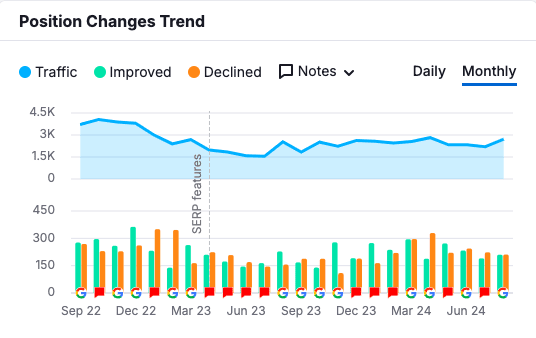
Comments (0)
Sign in to participate in the discussion or .